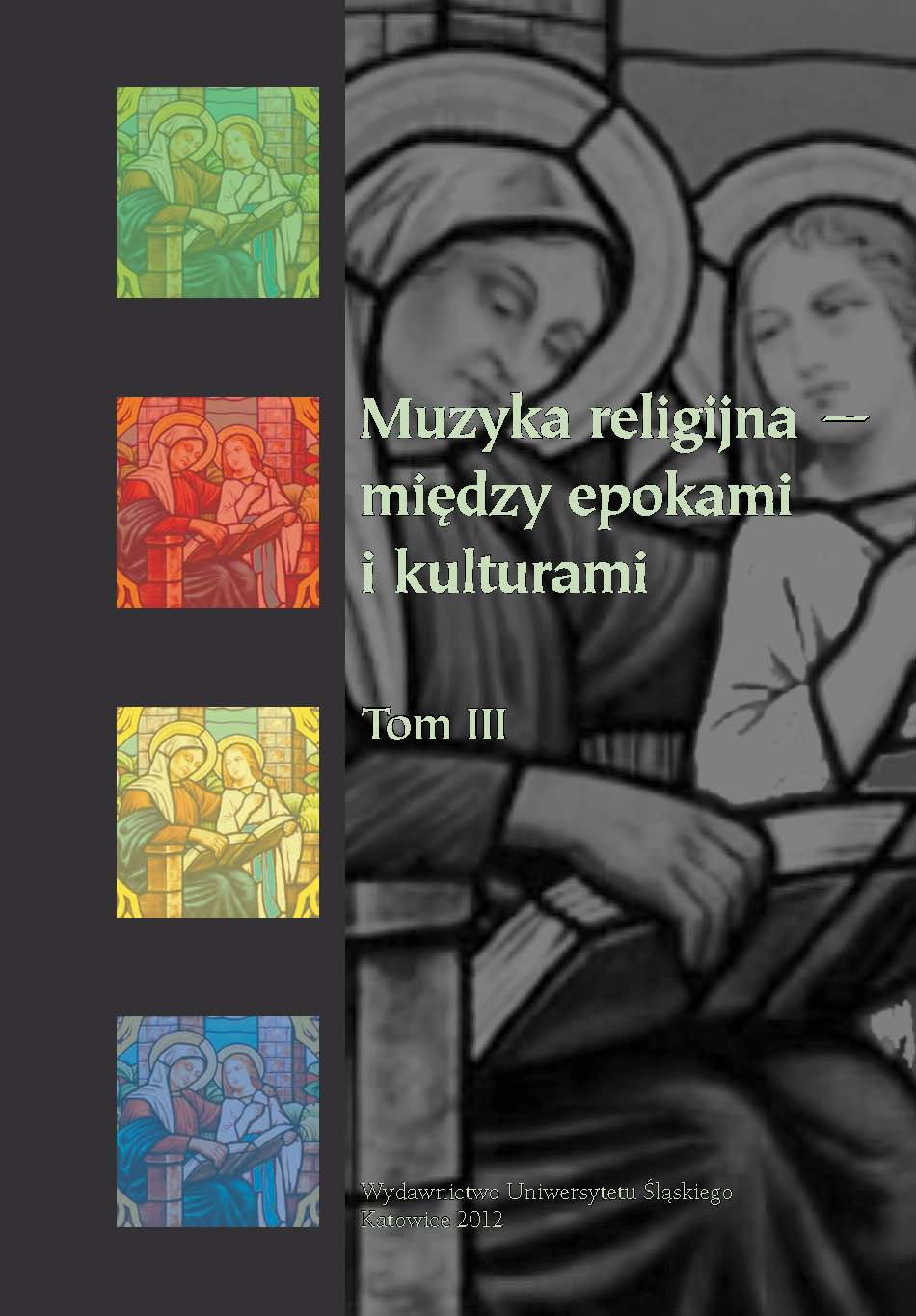Krzysztof Penderecki, Pieśni chińskie i Kadisz. Między pięknem natury a grozą historii
Krzysztof Penderecki, Pieśni chińskie i Kadisz. Between the beauty of nature and danger of history
Author(s): Regina Chłopicka
Subject(s): Music, History of Art
Published by: Wydawnictwo Uniwersytetu Śląskiego
Summary/Abstract: The aim of the text is on the one hand to show the composer’s attitude toward the issuesraised in the compositions, and his inspirations and references to different cultural traditionson the other. The interpretation of Pieśni chińskie is an attempt to read composer’sattitudes toward nature, inspired by a different cultural tradition of the Far East. Kadisz, onthe other hand, gives rise to noticing composer’s attitude to the tragic character of historicalevents. It is reflected in Krzysztof Penderecki’s special reference to two traditions: a Christianand Jewish one, maintaining their otherness. The first and third part of Kadisz, though beingdifferent in nature, derive from the tradition of European music. The first part Szła śmierć ismournful in character and refers to the European genre of the hymn with an orchestra andconstitutes a form of continuation of the music language and an existential nature of theEighth Symphony. The third part Prosimy Cię, abyś nas na wieki nie wydawał... raises the issueof an idiom of the sacred music for choir a cappella again, deriving from the Renaissance-Baroque tradition. The second and fourth part are inspired by a religious Jewish tradition.The former „Leży na ziemi...” due to a recitation and sublime performance of theBiblical text bring the visions of dangerous reprimands and calls voiced by the prophets ofthe Old Testament. The final part Kadisz Jatom, performing the role of a culmination ofa dramatic and expressive whole of the text, refers directly to expressive and ritual Jewishsongs connected with the danger of a historical event.
Book: Muzyka religijna – między epokami i kulturami. T. 3
- Page Range: 82-94
- Page Count: 20
- Publication Year: 2012
- Language: Polish
- Content File-PDF

